Operating Range: Pneumatic Control Valve is a useful device to control flow on the set point range in the lines. The device size is DN15 to DN150 or 1/2″ to 6″. Its nominal pressure is PN16 to PN40 and working Class is 150/300. Its maximum temperature is 350°c or 662° F. This device is made base on DIN and ANSI standards. NCV 10-11 is used for various industrial and special sites which have compressed air and also steam, liquid or non-flammable gases lines.
Function : Control valve, type NCV 10-11, can control the output discharge by using of a compressed air force and a diaphragm actuator. This valve can be normally open or closed and this feature is occurred by changing of springs positions inside actuator. The attached shaft is gradually moved, by changing the compressed air volume, and it will cause to change also the distance between seat and plug. In this way, the flow rate of fluid can be controlled. Air pressure inside the actuator can be supplied from regulators and I/P positioners through 4…20 mA.
Installation: This valve is only suitable for installation in horizontal pipelines. The flow direction in the valve must be corresponded with the arrow on its body and the actuator of device must be stood up vertically. In the case that the fluid is steam, to protect the valve from its condensation, the pipeline must be installed with a moderate slope toward the flow direction or you can use a steam trap too. After installation you have to be sure that valve is not pressed in pipeline. According to the decreasing pressure in the output of valve, it is recommended to choose bigger diameter for output pipeline of the valve. To avoid vibration, a supportive stand can be used, and to prevent unwanted pieces entrance to the valve, use a proper strainer in its input part. For installation, compressed air pressure should be raised up to the required pressure of actuator by regulator. Compressed air required by actuator can be calculable from its table or name plate on the actuator. Do this activity while valve is completely closed or open and pay attention to the difference between input and output pressure.
Attention: if valve is used to gradually control flow rate, firstly regulator air should get inside I to P and then it will conduct the air to actuator. If the valve is On/Off type, I to P is not needed anymore and air goes inside the solenoid valve directly and then it enters to the actuator. It is worthy to note that the sealing is specific for different fluids. For example, for corrosive acids and hot oils a mechanical seal (bellows) must be placed between the shaft and bonnet in order to increase sealing safety. If temperature of fluid is more than +200 °C or less than -10 °C, an isolation part must be used to protect diaphragm and electrical parts (I to P).
Attention: To regulate I to P and its installation and setup, use I to P manual. While using I to P, pay attention to its type.

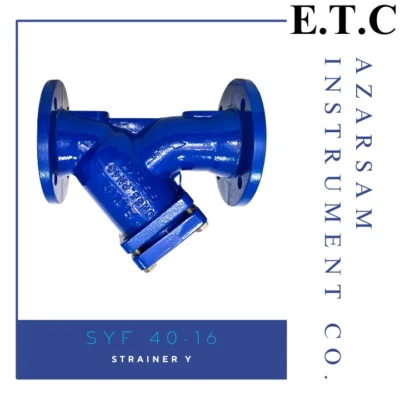
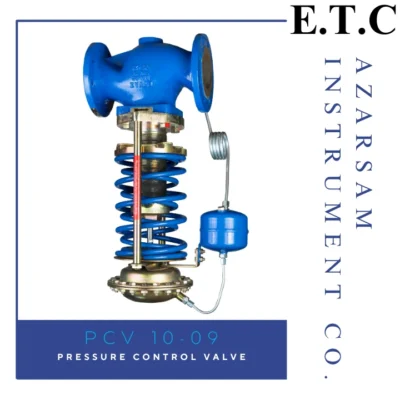
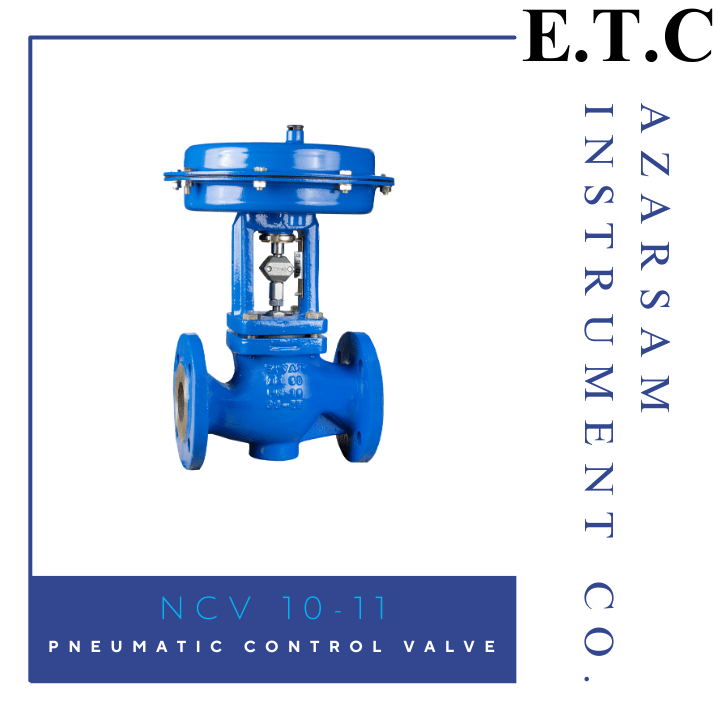

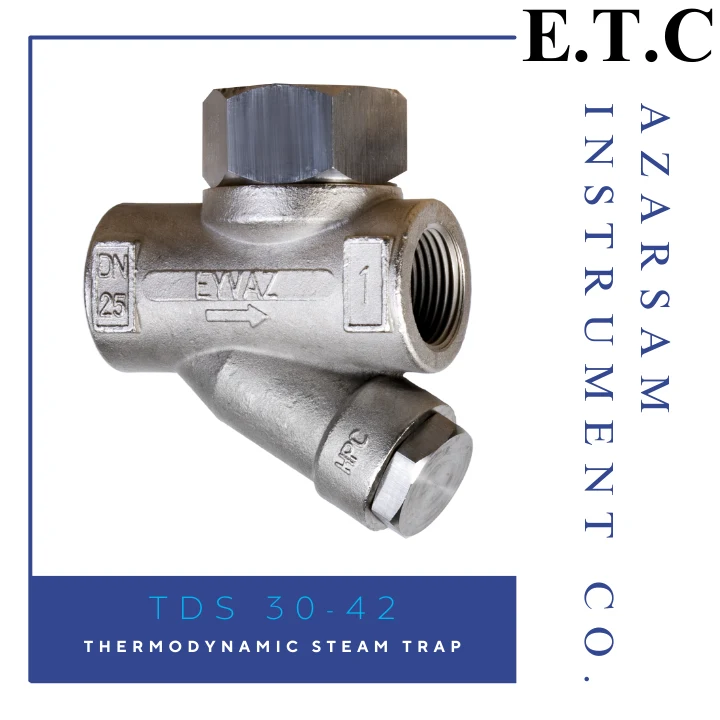
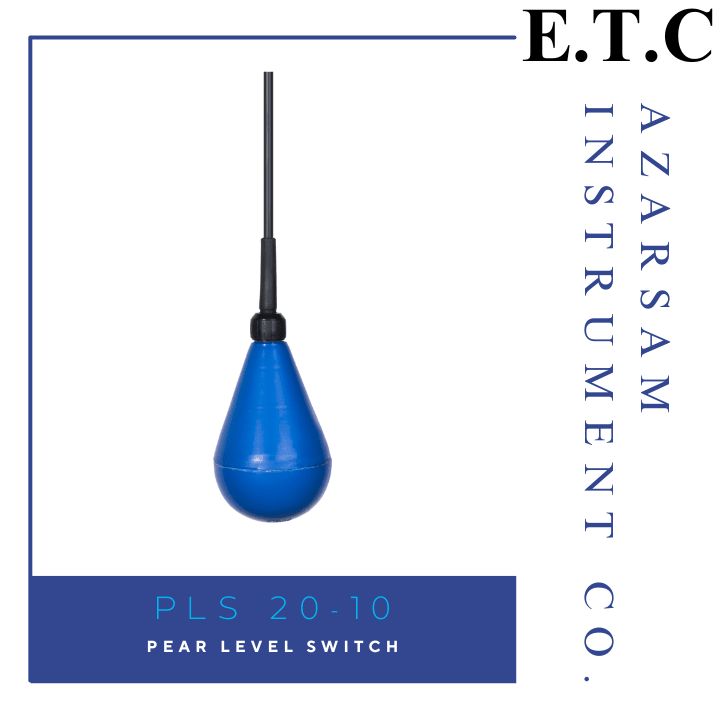
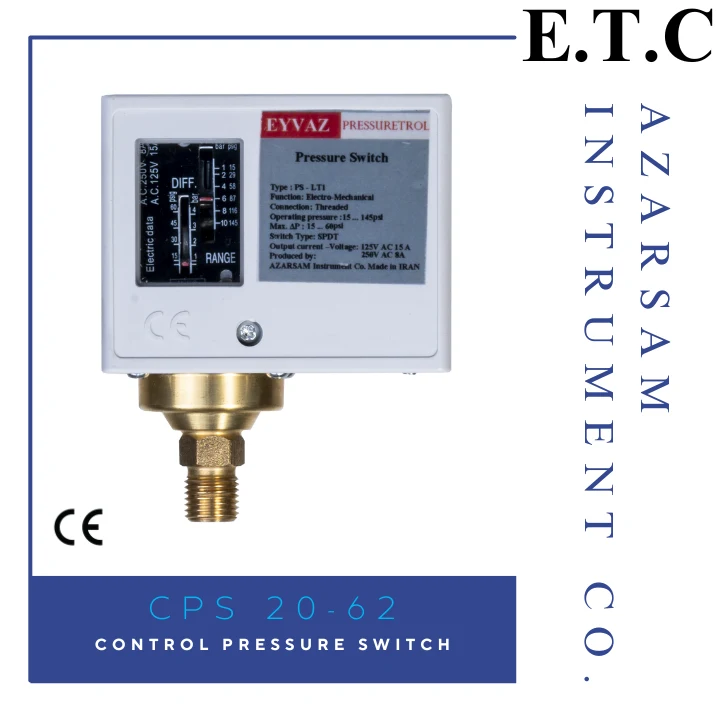
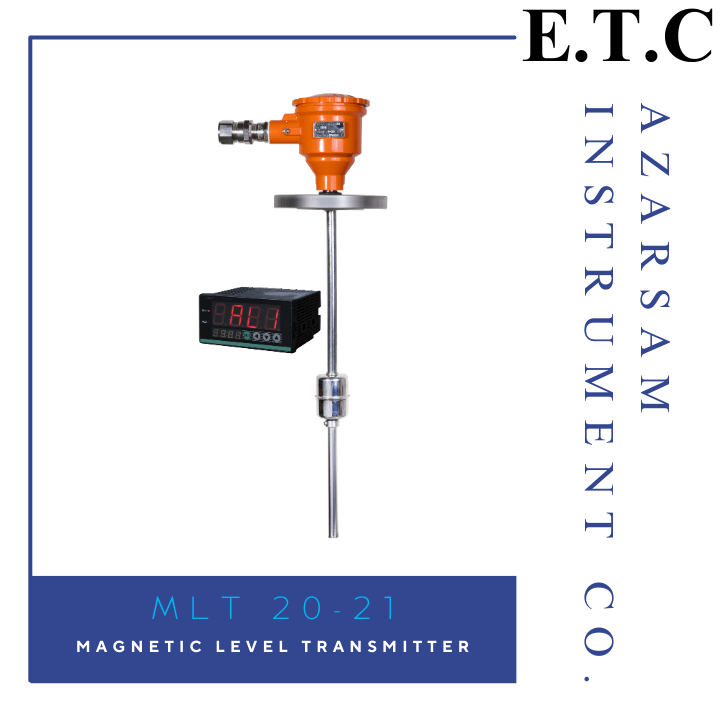
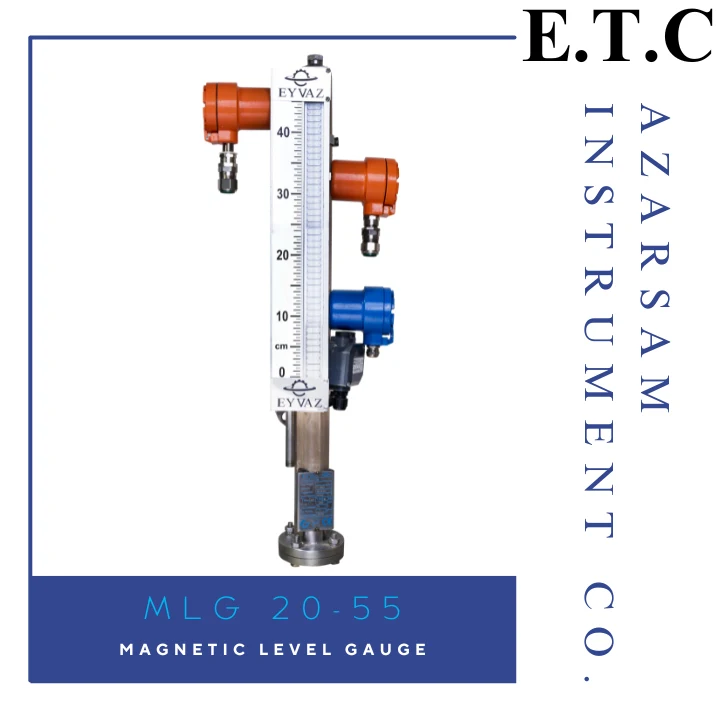
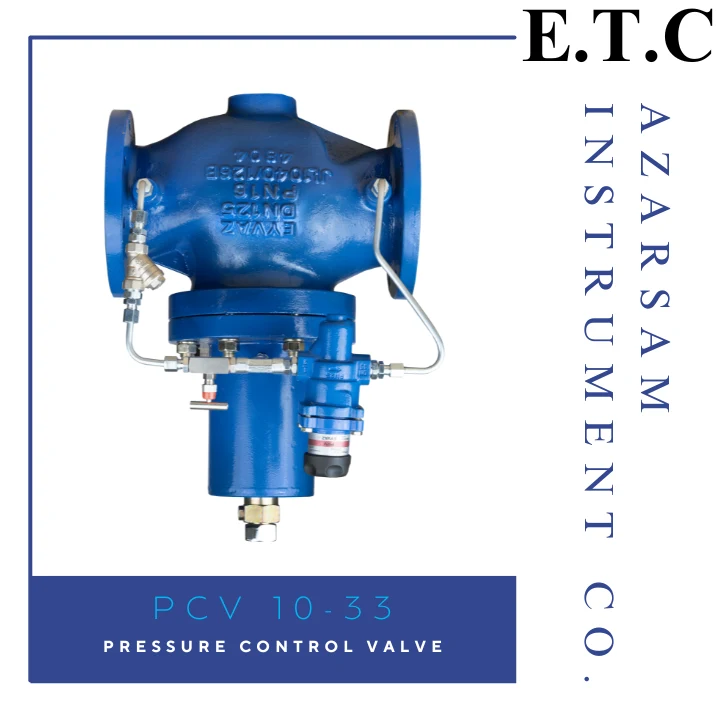
Reviews
There are no reviews yet.